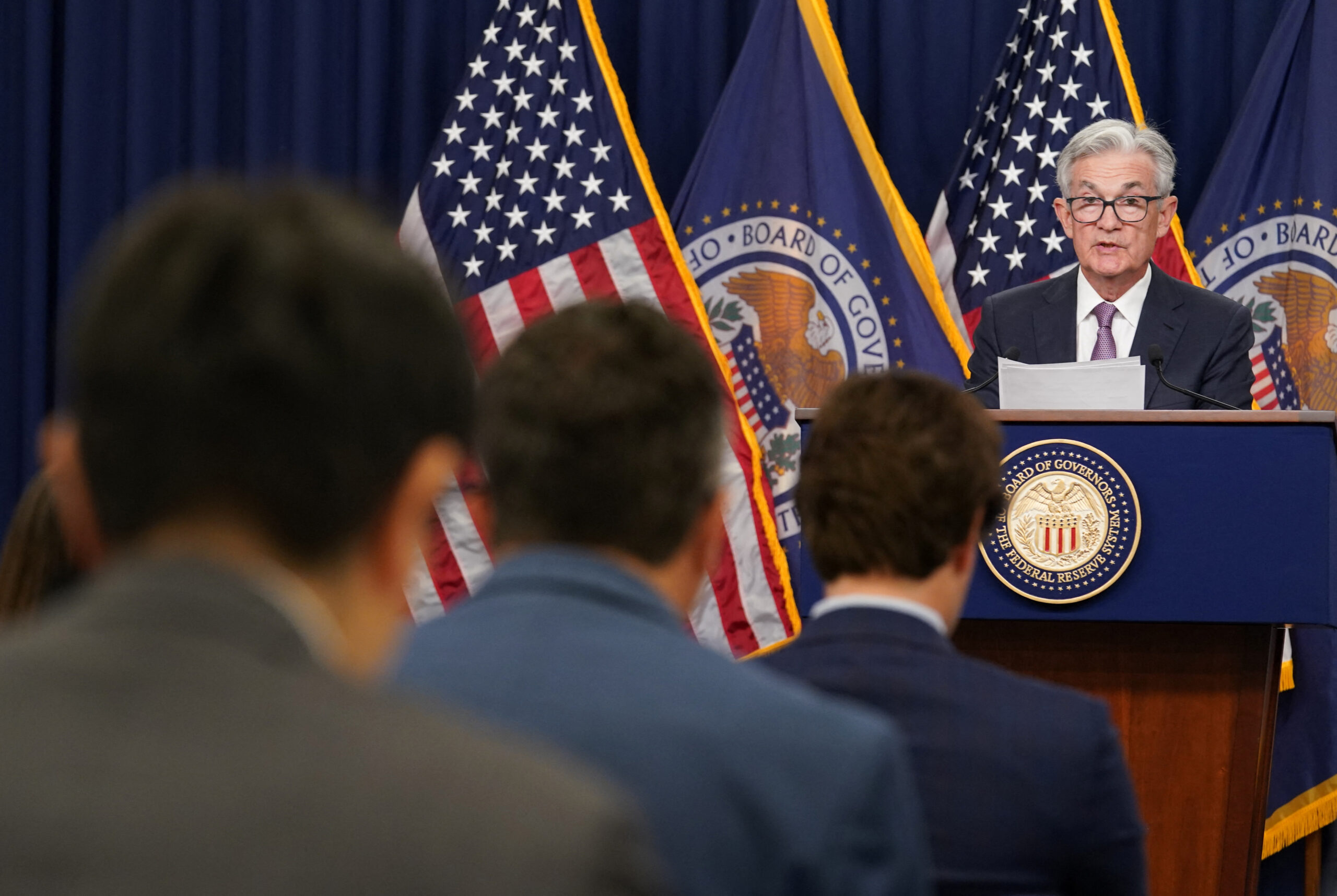In the realm of economic decision-making, the Federal Reserve’s recent move to maintain interest rates at 5.25% to 5.5% has captured attention. This decision from today’s Fed meeting reflects a potential shift in the two-year trend of rate hikes, amid signs of cooling inflation. In this exploration, we dissect the Fed’s approach from the meeting, emphasizing keywords like interest rates, inflation, and economic outlook.
Todays Fed Meeting : Economic Outlook, Inflation, Interest Rates, and Stability
Interest Rate Stability
The Federal Reserve’s commitment to keeping interest rates unchanged for the third consecutive month holds significance. The interest rate, a critical economic lever, indicates a nuanced strategy amidst a backdrop of inflation adjustments. By maintaining rates, the Fed sends signals about its approach to economic management, offering stability in a period marked by uncertainties.
Inflation Dynamics
The Consumer Price Index (CPI), a barometer of price shifts for goods and services, registered at 3.1% in November, a marginal decrease from the previous month. While this marks a noticeable drop from the June 2022 peak of 9.1%, the figure remains above the Fed’s target of 2% for price stability. The Federal Reserve closely scrutinizes inflation, alongside other economic metrics, to make informed decisions on interest rates.
Economic Resilience
The third-quarter surge in Gross Domestic Product (GDP) by 4.9% for the year underscores the U.S. economy’s resilience. Despite the challenges posed by elevated interest rates and inflation, consumer spending has been a driving force. Understanding the Federal Reserve’s dual mandate of fostering maximum employment and maintaining price stability provides context to its policy decisions in the face of a robust economy.
Looking Ahead: Fed’s 2024 Meetings

As we peer into the future, the Federal Reserve’s schedule for 2024 meetings becomes a focal point. The identified keywords – interest rates, inflation, and economic outlook – will undoubtedly shape discussions and decisions in the upcoming meetings scheduled for
-
January 30-31
-
March 19-20
-
April 30
-
May 1
-
June 11-12
-
July 30-31
-
Sept. 17-18
-
Nov. 6-7
-
Dec. 17-18.
Economic Predictions and Recession Odds
Economists surveyed in September provided insights into the potential for a recession in 2024. A 48% chance of a U.S. recession over the next year was noted, down from 61% in May. Despite projections like Barclays’ estimate of job losses, robust consumer spending remains a key factor that could deter a recession, offering a glimpse into economic resilience amid uncertainties.
Inflation’s Trajectory

The Consumer Price Index (CPI) and core CPI, excluding volatile food and energy costs, play vital roles in the Federal Reserve’s assessment of price stability. As of November, the CPI stood at 3.1%, indicating a marginal decline. While broader inflation has eased since its June 2022 peak, core prices are expected to rise in the coming months, reflecting the dynamic nature of inflation trends.
Tax Implications and Social Security Adjustments
Inflation’s impact extends beyond economic indicators to tax brackets and Social Security adjustments. The Internal Revenue Service’s annual inflation adjustments report projects a 5.4% increase in income thresholds for the 2024 tax season. Similarly, Social Security recipients can expect a 3.2% cost-of-living adjustment (COLA), a reduction from the 8.7% increase in 2023 but reflective of ongoing economic shifts.
The Federal Reserve’s recent decision to maintain interest rates, signaling a potential end to a two-year hiking streak, reflects a nuanced approach to a cooling inflation scenario. With a resilient U.S. economy and upcoming 2024 meetings, the Fed’s focus on stability amid uncertainties shapes the economic outlook. Inflation, interest rates, and economic resilience are key factors driving the Federal Reserve’s decision-making.
Conclusion
The Federal Reserve’s role in navigating economic complexities is evident in its decisions on interest rates, responses to inflation, and assessments of economic indicators. As we move forward, the keywords – interest rates, inflation, and economic outlook – will continue to guide discussions, shaping the trajectory of the U.S. economy in the coming months.







